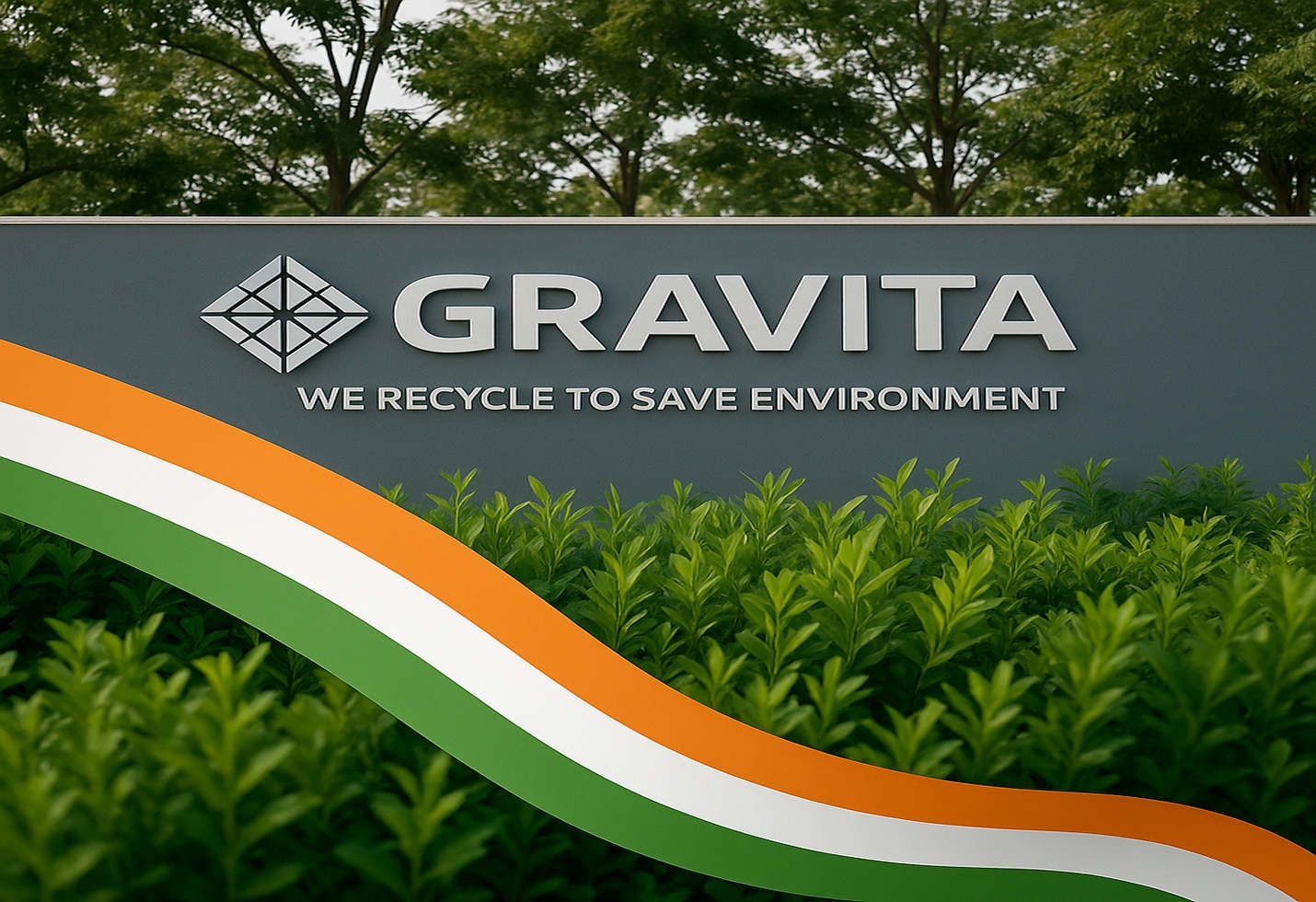GK Energy Limited IPO: Assessing Investment Potential in India’s Solar-Powered Agricultural Infrastructure
GK Energy Limited specializes in designing, installing, and maintaining solar-powered water pump systems for agriculture under the PM-KUSUM scheme. As a pure-play EPC (Engineering, Procurement, and Commissioning) provider, the company focuses on project execution while outsourcing components from trusted suppliers on a long term contractual basis. This asset-light approach allows GK Energy to scale efficiently while maintaining operational flexibility. The PM-KUSUM scheme, aimed at promoting renewable energy adoption in farming, provides a steady and predictable demand pipeline. GK Energy has leveraged this policy environment to become a market leader, creating a strong brand presence and an extensive network for installations and service. Its expertise ensures timely delivery and ongoing maintenance, which strengthens customer trust and positions the company favorably in a fragmented solar irrigation market.
Business Model and Competitive Edge
GK Energy’s business model emphasizes operational efficiency and scalability:
* Asset-Light Model: Outsourcing key components reduces capital intensity and focuses on execution and service.
* Execution Excellence: Timely completion of government projects enhances credibility and stakeholder relationships.
* Market Leadership: Strong presence in solar agricultural installations under PM-KUSUM provides first-mover advantages.
* Government Alignment: Dependence on government schemes ensures consistent demand while aligning with India’s renewable energy targets.
These differentiators create a competitive moat, allowing GK Energy to navigate a fragmented market and maintain market leadership.
Industry Context
India’s renewable energy sector is witnessing accelerated growth, driven by sustainability policies and renewable adoption targets. Solar-powered agricultural pumps combine energy transition with modernized farming practices, creating a niche with high potential. Government subsidies like PM-KUSUM incentivize farmers to adopt solar solutions, generating predictable demand for installation and maintenance services. While the market is fragmented, GK Energy’s strong execution record and policy alignment provide a clear competitive advantage, making it an attractive option for investors seeking stable growth in clean energy infrastructure.
Investment Rationale
1. Growth Potential: Government-backed demand and the rising adoption of renewable energy in agriculture create long-term opportunities for GK Energy. The focus on sustainable farming ensures continued relevance and revenue visibility.
2. Operational Efficiency: An asset-light EPC model enables scalability without heavy capital requirements, while established execution capabilities minimize project delays and operational risks.
3. Strategic Benefits: First-mover positioning, extensive project experience, and strong stakeholder relationships provide a durable competitive edge.
4. Risk Considerations:
– Reliance on government schemes exposes the company to policy risks.
– Fragmented sector dynamics could affect margins due to increased competition.
– Execution risks remain relevant; timely project completion is critical to reputation and revenue continuity.
SWOT Analysis
Strengths:
* Leading player in solar-powered agricultural pumps.
* Alignment with government initiatives ensures predictable demand.
* Scalable and efficient asset-light business model.
Weaknesses:
* Revenue dependence on government schemes.
* Limited diversification beyond solar agricultural solutions.
Opportunities:
* Expanding renewable energy adoption in agriculture and allied sectors.
* Potential diversification into other clean energy and infrastructure solutions.
* Growing interest in sustainable farming practices supports long-term demand.
Threats:
* New entrants increasing competition in a fragmented market.
* Policy delays or changes could impact growth projections.
Investment Recommendation
Recommendation: Accumulate / Long-Term Buy
GK Energy Limited is positioned as a growth-oriented investment within India’s renewable energy sector. Its government-backed demand, operational excellence, and first-mover advantage make it suitable for investors with a medium to long-term horizon.
Rationale:
* The company’s alignment with government initiatives provides stability in revenue streams.
* Scalable, asset-light operations reduce execution risk while enabling growth.
* Strong market position in a niche segment ensures competitive sustainability.
Caution:
Investors should monitor policy developments and sector competition. While fundamentals are strong, short-term market fluctuations may impact performance. GK Energy is recommended as an accumulation target for investors seeking exposure to renewable energy infrastructure and sustainable agriculture solutions.
The image added is for representation purposes only










